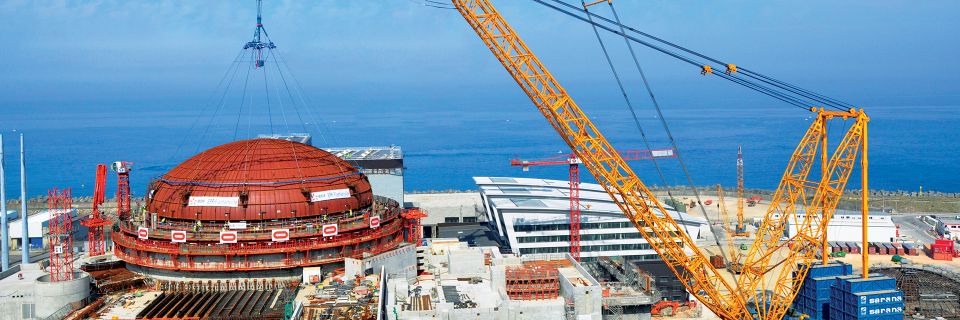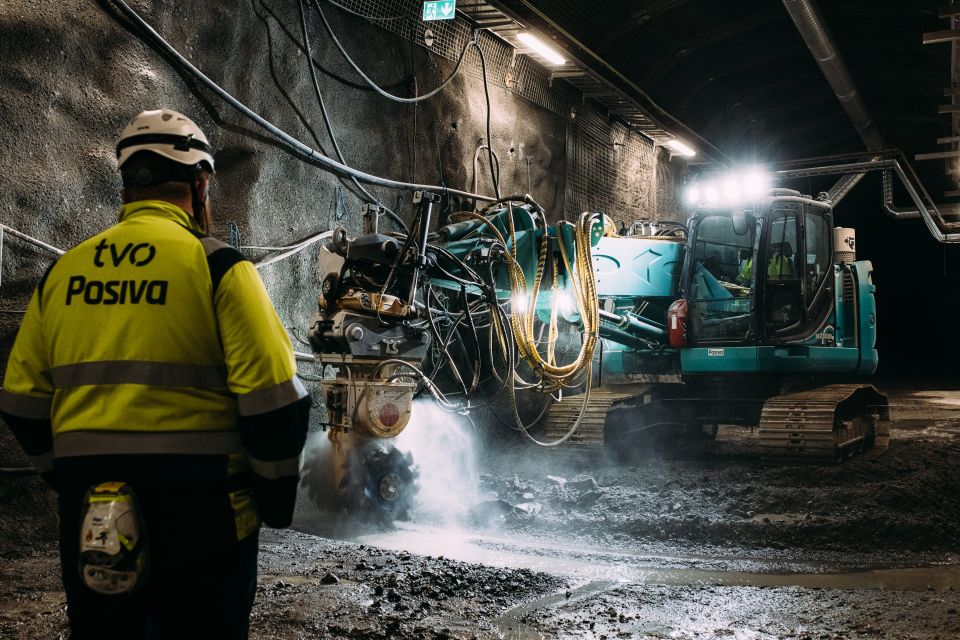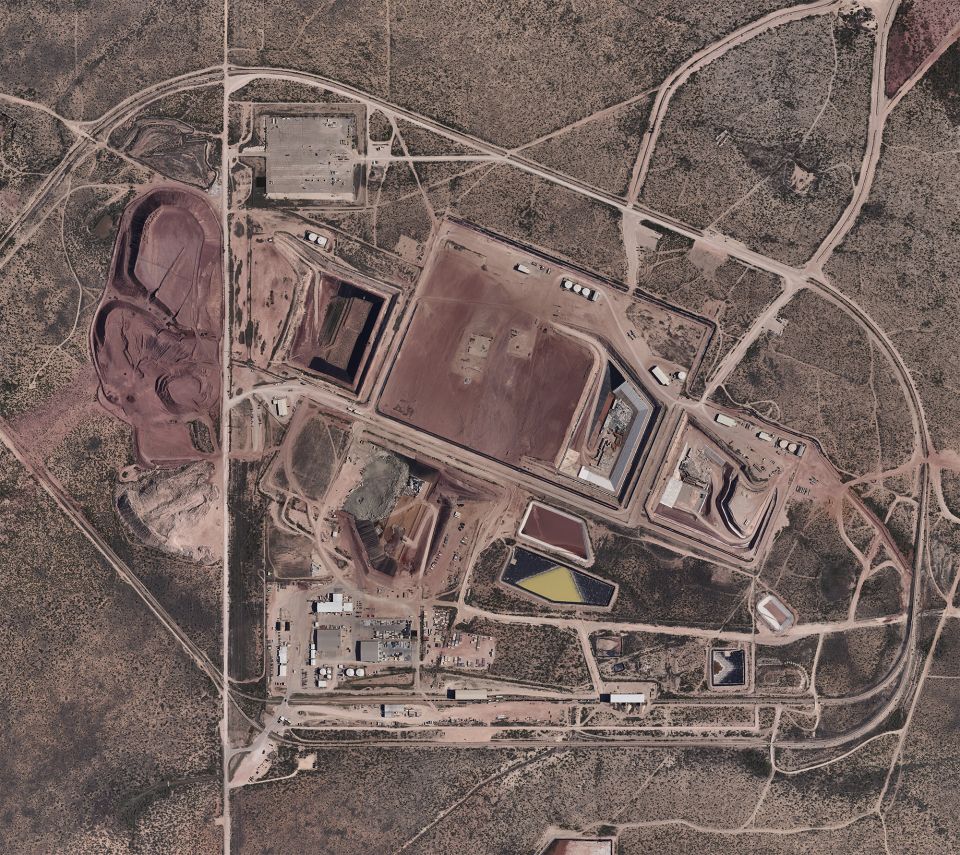WIPP marks construction milestone for new ventilation system

The Department of Energy’s Office of Environmental Management announced that it has completed construction of the new large-scale ventilation system at its Waste Isolation Pilot Plant in New Mexico.
Construction of the Safety Significant Confinement Ventilation System (SSCVS) began in 2018, after an underground fire and unrelated radiological release in 2014 resulted in restricted airflow to the transuranic waste repository’s underground. The increased airflow provided by the SSCVS will allow for simultaneous waste emplacement, mining, and ground control (bolting) operations in the underground.
WIPP operators can now move forward with the full testing and commissioning phase of the SSCVS to bring the facility on line and operational in 2026.
The commissioning: Salado Isolation Mining Contractors, WIPP’s management and operations contractor, began SSCVS commissioning phase work in early fall 2023 as construction crews began turning over initial portions of the facility and systems to startup and commissioning teams.
Testing and commissioning includes testing systems, integration, developing operational procedures and guidelines, and training and qualifying staff. After all testing is completed, the facility will be handed over to trained WIPP operations personnel to bring the new facility on line. The SSCVS commissioning phase is currently 85 percent complete, according to DOE-EM.
Operations: When fully on line, the SSCVS facility will significantly increase airflow through the WIPP underground, from 170,000 cubic feet per minute up to 540,000 cfm. Air exiting the underground will be able to pass through a high-efficiency particulate air (HEPA) filtration system made up of 22 filtration units.
The SSCVS will work in tandem with WIPP’s new utility shaft, which will provide a new entry point for air into the WIPP underground repository. The SSCVS pulls air through the repository, removes salt, and can send the air through the HEPA filtration units before it is released in the environment.
The SSCVS includes two primary buildings. The Salt Reduction Building prefilters salt-laden air coming from the WIPP underground, while the New Filter Building has fans and HEPA filtration to further clean the air.
Quote: “Finishing the Safety Significant Confinement Ventilation System construction phase marks a momentous investment in WIPP’s operational infrastructure,” said Mark Bollinger, DOE-EM’s Carlsbad Field Office manager. “When fully on line, the SSCVS will greatly increase the quality of airflow to the underground repository and enhance WIPP’s ability to reliably deliver on DOE’s national security and environmental cleanup missions.”







